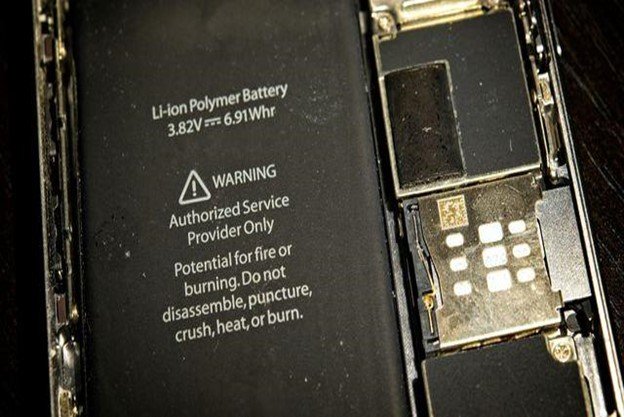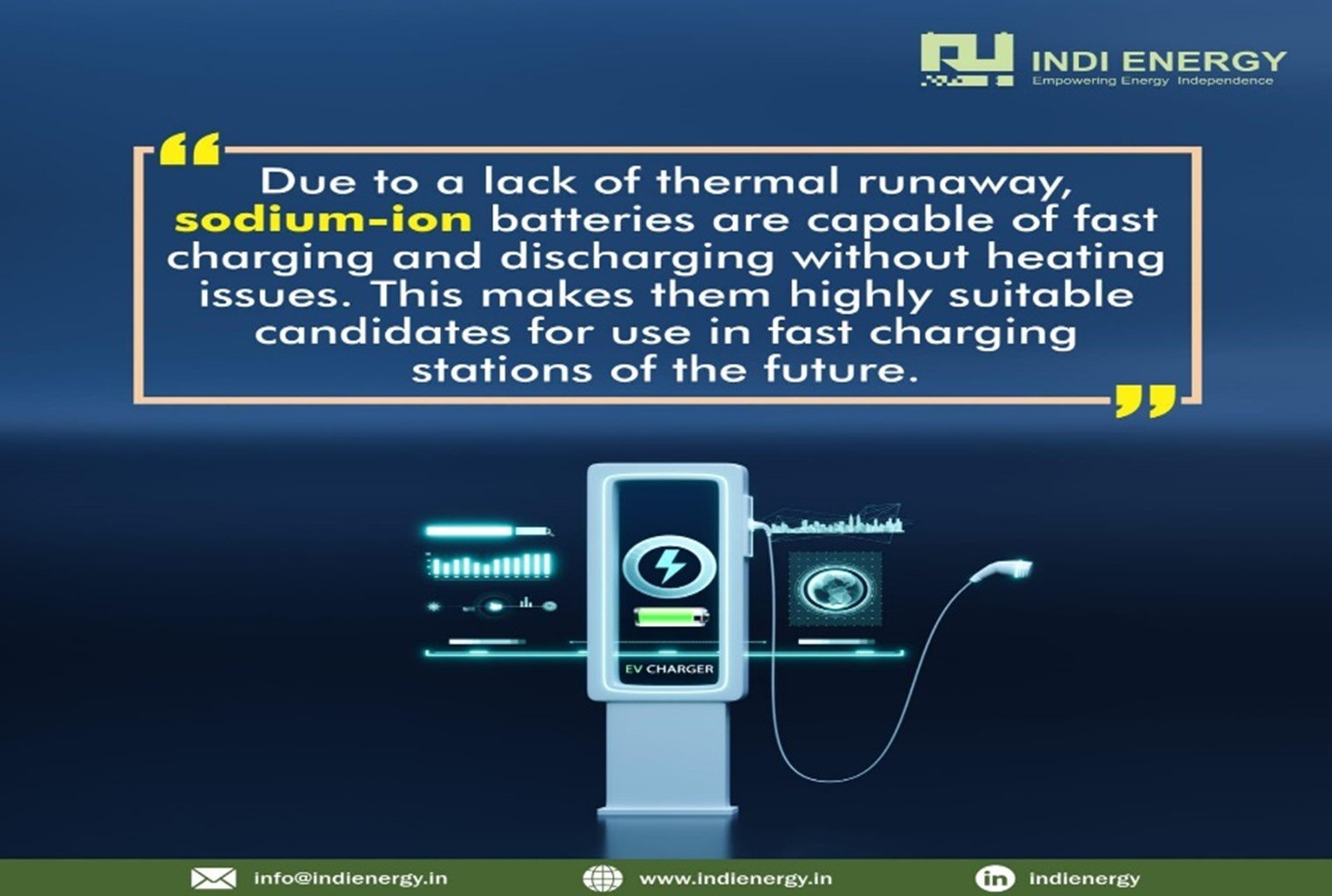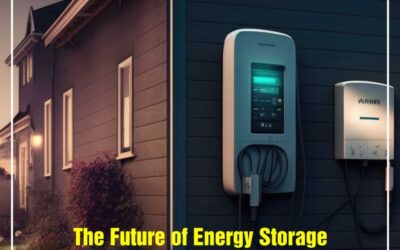
Exploring the safety advantage of Indi Energy’s sodium-ion batteries: The science behind Thermal runaway
“Embracing the sodium-ion battery technology from Indi Energy will not only reduce the world’s dependence on scarce elements and fossil fuels but also make storing energy a lot safer and more efficient than conventional lithium-ion batteries.”
That may sound like a bold claim, but we are here to tell you that this statement rings true and will certainly stand the test of time. Lithium-ion batteries have become omnipresent in powering electronic devices due to their high energy density and efficiency. However, their widespread usage has also raised severe concerns over safety as they are prone to a dangerous phenomenon known as “thermal runaway.” Through this blog, we have decided to share a little bit of the science behind thermal runaway, its implications for lithium-ion batteries, and why sodium ion batteries from Indi Energy are not just a gimmick but the real deal.
But before going into thermal runaway, let’s quickly go through how lithium-ion batteries operate to get a clearer picture.
How do lithium-ion batteries operate?
All lithium-ion batteries consist of two electrodes separated by an electrolyte, which is responsible for conducting electricity. The flow of electric charge through the electrolyte from a lithium-ion cathode enables the battery to power electronic devices. This setup is extremely conducive to fires because the electrolyte acts as a fuel, and when combined with the heat generated by the battery and the oxygen present in the cathode, fuel, heat, and oxygen = FIRE!
Do you remember these warnings?

You must have, at some point in time, come across exploding phones or laptops with swollen batteries on social media channels. The reason why manufacturers have put these warnings on lithium-ion batteries is that when punctured, pierced, or crushed, they can cause a spark that ignites a fire because of the reason we mentioned above. The process of thermal runaway happens when the heat produced inside the battery exceeds what can be dissipated, potentially leading to an explosion.
So, who is the culprit? Two Words, four syllables: “Thermal Runaway!”
What is Thermal Runaway?
Thermal Runaway is a phenomenon where the temperature within a battery increases uncontrollably, often resulting in failure, fire, or even explosion! A self-accelerating and untamable process that is extremely common in lithium-ion batteries, and in fact, it is one of the biggest risks attached to them. It can occur for many reasons, such as exposure to high temperatures for extended periods, short circuits, insufficient negative electrode capacity during manufacturing, high moisture content, internal short circuits, external short circuits, overcharging, etc.
The thermal runaway process happens when the heat produced inside the lithium-ion batteries exceeds what can be dissipated, potentially leading to an explosion.
Indi Energy’s sodium-ion battery safety advantage!
Sodium ion batteries and customized sodium-ion battery packs from Indi Energy have higher thermal stability than lithium-ion batteries because they lack thermal runaway.

They can effectively and efficiently handle the heat generated during high-rate charging and discharging without ever compromising safety. Wondering why? Well, we have got you covered there as well.
Our sodium-ion batteries and customized sodium-ion battery packs are powered by our proprietary liquid sodium-ion electrolyte, which is less prone to decomposition, is extremely stable, and enables the flow of electrical current between our hard carbon (BioBlackTM), the anode, and the indigenously developed sodium-ion cathode.
Not only does it possess superior temperature stability and electrochemical properties, but it also delivers exceptional performance, offering significant advantages over commonly available solid-state and liquid electrolytes. Such as higher ionic conductivity for greater sodium-ion transport per unit of time, faster diffusion, higher power output, rapid charging times, low volatility, and enhanced solubility for sodium salts.
Furthermore, with the lower energy density, the amount of energy stored per unit volume or weight in sodium-ion batteries is lower, which also reduces the risk of thermal runaway.
Another very important point we have to mention is that our sodium-ion batteries utilize one of the most robust electrode materials in the world: the world’s highest-performing hard carbon derived from agricultural or biowaste, Indi Energy’s BioBlackTM. This further enhances the safety and stability of our sodium-ion batteries and customized sodium-ion battery packs.
This is why Indi Energy sodium-ion batteries excel in fast-charging scenarios, primarily due to their lack of thermal runaway. Unlike lithium-ion batteries, which are susceptible to heating issues during rapid charging and discharging, our sodium-ion batteries efficiently handle the generated heat without compromising safety.
Not only are our sustainable energy storage solutions energy and cost-efficient, but by making use of the existing lithium-ion battery manufacturing infrastructure, we can reduce the production costs of their applications, including fast-charging stations.
There you have it, another feather in the cap of the sustainable hero Indi Energy’s sodium-ion batteries. Make sure you follow us on our social media channels to keep up with the latest in sodium-ion battery technology. Get in touch with us for any queries about our products. Together, we can and will shape a safer and greener future for generations to come.






